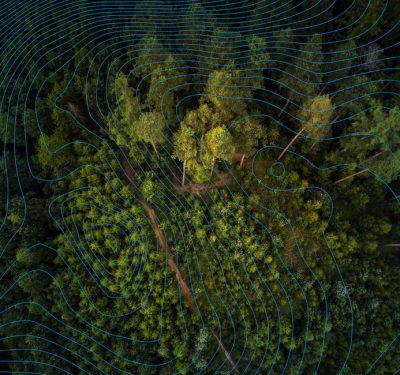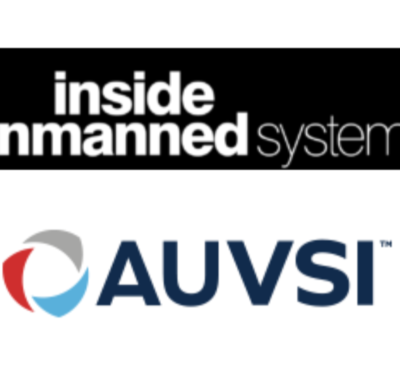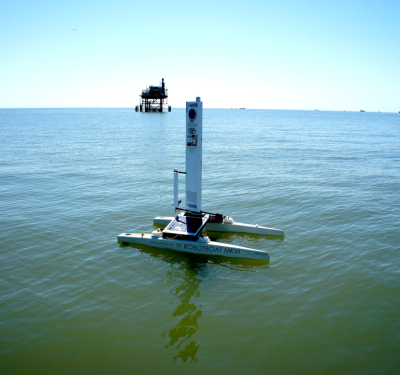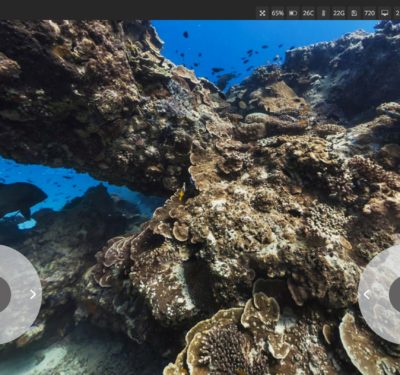The 26-day mission demonstrated that Saildrone can deliver deep-water mapping accuracy comparable to traditional vessels while reducing HSE risk and cost.
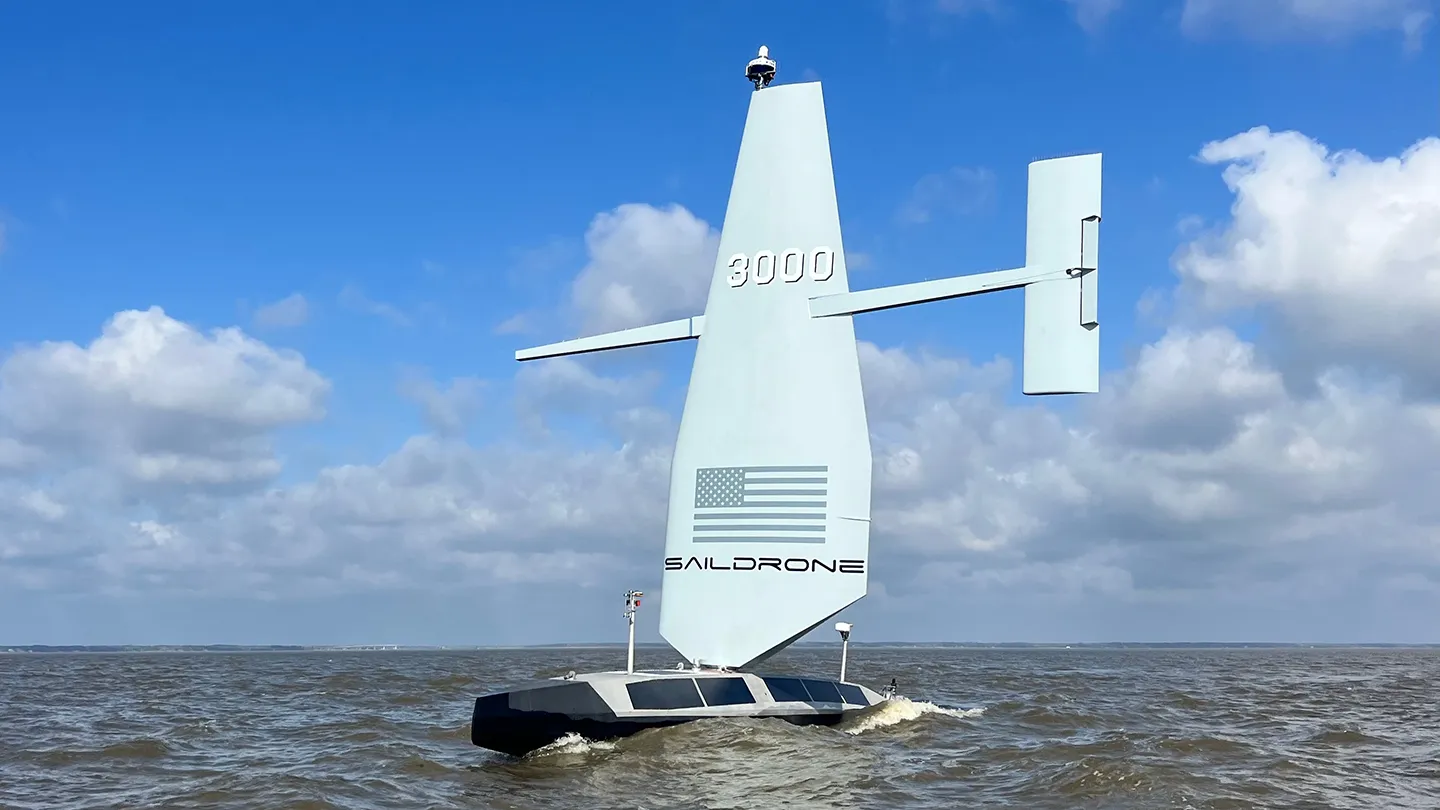
In a first-of-its-kind demonstration mission, Saildrone, in partnership with Meta, successfully completed a deep-water cable route survey in the North Atlantic using the Saildrone Surveyor, a 20-meter uncrewed surface vehicle (USV). This innovative project represents a major milestone in the evolution of ocean survey technology, proving that autonomous platforms can deliver data quality and performance on par with traditional crewed survey vessels—while dramatically reducing risk and cost.
During the 26-day survey conducted in June and July 2024, the Saildrone Surveyor mapped more than 4,500 km of seabed, including complex topographies and challenging conditions, without a port call or outside assistance. Operating under sail and motor-sail modes and equipped with a Kongsberg EM304 MKII multibeam sonar, the Surveyor achieved swath coverage of up to 10 km in water depths of up to 5,500 meters.
The demonstration focused on collecting bathymetric data along the established Anjana cable route and the recently surveyed Aurora route to directly compare the Saildrone Surveyor’s performance against traditional crewed survey vessels. Key operational metrics—route fidelity, line keeping, data transmission, and depth accuracy—met or exceeded expectations across the board.
“This mission demonstrated that autonomous ocean mapping is not just possible—it’s here, and it’s incredibly effective,” said Andy Palmer-Felgate, subsea cable engineer at Meta. “Saildrone delivered data that matched legacy surveys with exceptional accuracy, all while operating remotely and with minimal environmental impact. As capacity needs increase, Meta continues to invest in cutting-edge infrastructure technologies—and our subsea cable strategy work is critical to these efforts. Ocean mapping plays an important role, and the implications for subsea cable route surveys are profound.”
Using the Saildrone Mission Portal and real-time, high-bandwidth satellite connectivity, Saildrone hydrographic surveyors and pilots monitored vehicle performance and dynamically re-tasked it to investigate features of interest—such as seamounts and canyons—critical for route optimization. Previously limited to crewed vessels, this capability opens the door to more agile, responsive, and distributed survey operations.
A critical focus of the mission was minimizing Health, Safety, and Environmental (HSE) risks associated with offshore operations, demonstrating significant benefits to the quality of life for hydrographic surveyors, cable route engineers, and client representatives who can now perform their work remotely from shore-based offices or home offices, reducing time away from family and minimizing the physical and mental strain associated with offshore deployments. Furthermore, the mission avoided an estimated 243 tons of CO₂ emissions—over 50 times less than a conventional vessel—highlighting the sustainability advantages of uncrewed systems.
“This is a turning point for deep-ocean survey,” said Brian Connon, VP Ocean Mapping at Saildrone. “The Surveyor’s performance on this mission proves that we can deliver high-resolution, deep-water bathymetry with a fraction of the fuel, cost, and risk. As our fleet expands, we envision a global network of Surveyor USVs supporting offshore industries with safe, efficient, and scalable data solutions.”
This demonstration paves the way for broader adoption of USVs in subsea telecom, offshore energy, and national hydrographic programs. Future developments will focus on expanding operational range, improving weather resilience, and integrating new technologies like AI-based navigation and expendable bathythermographs.


